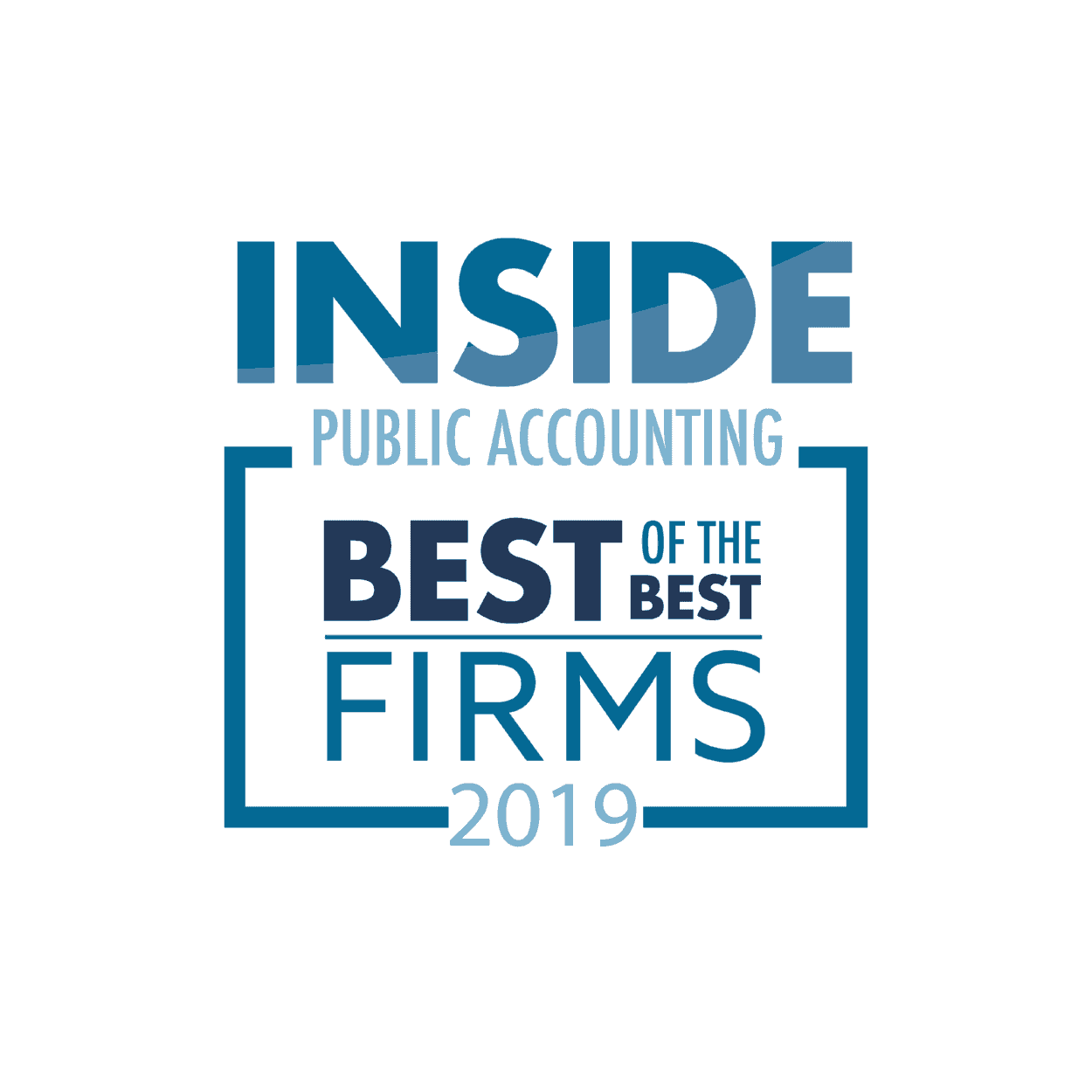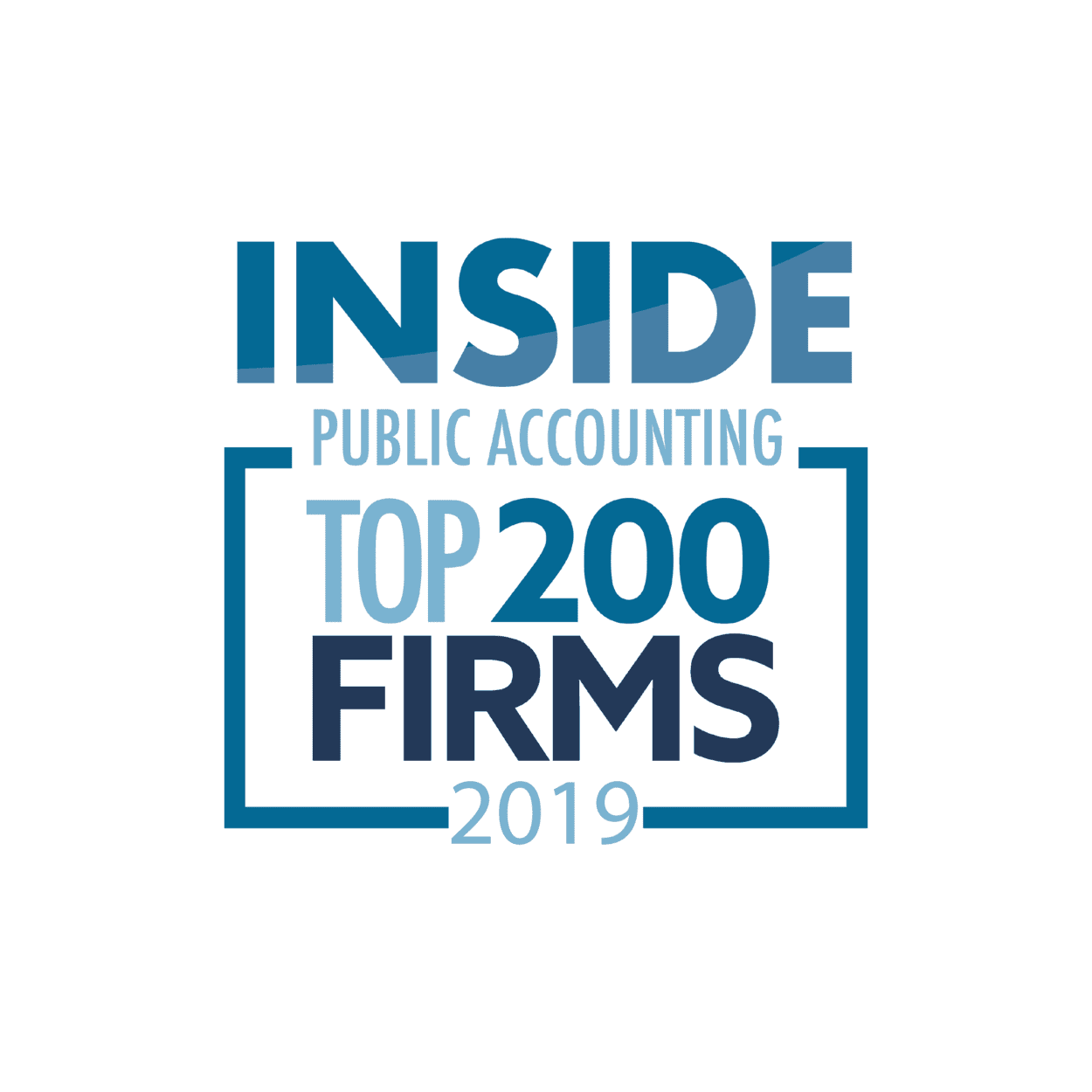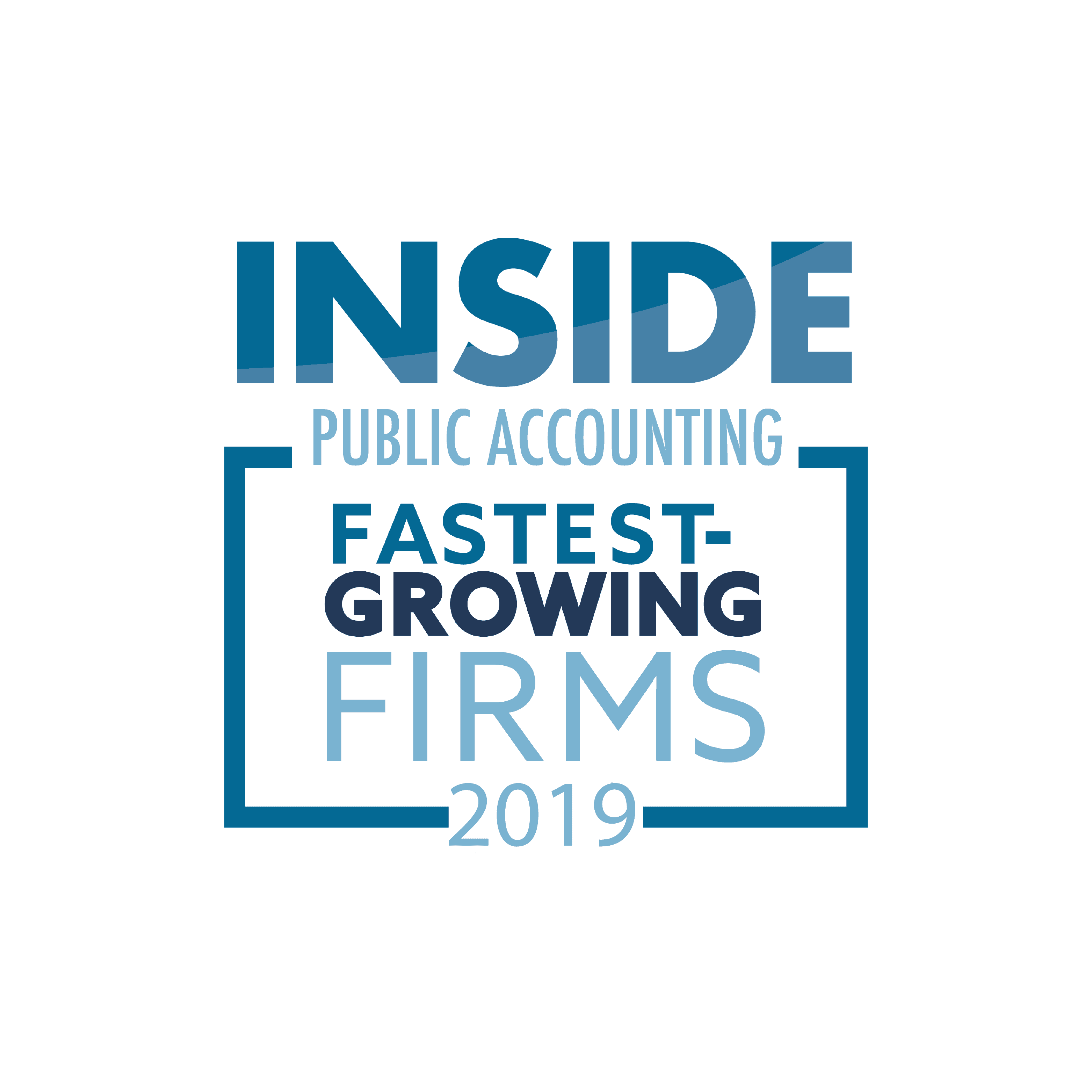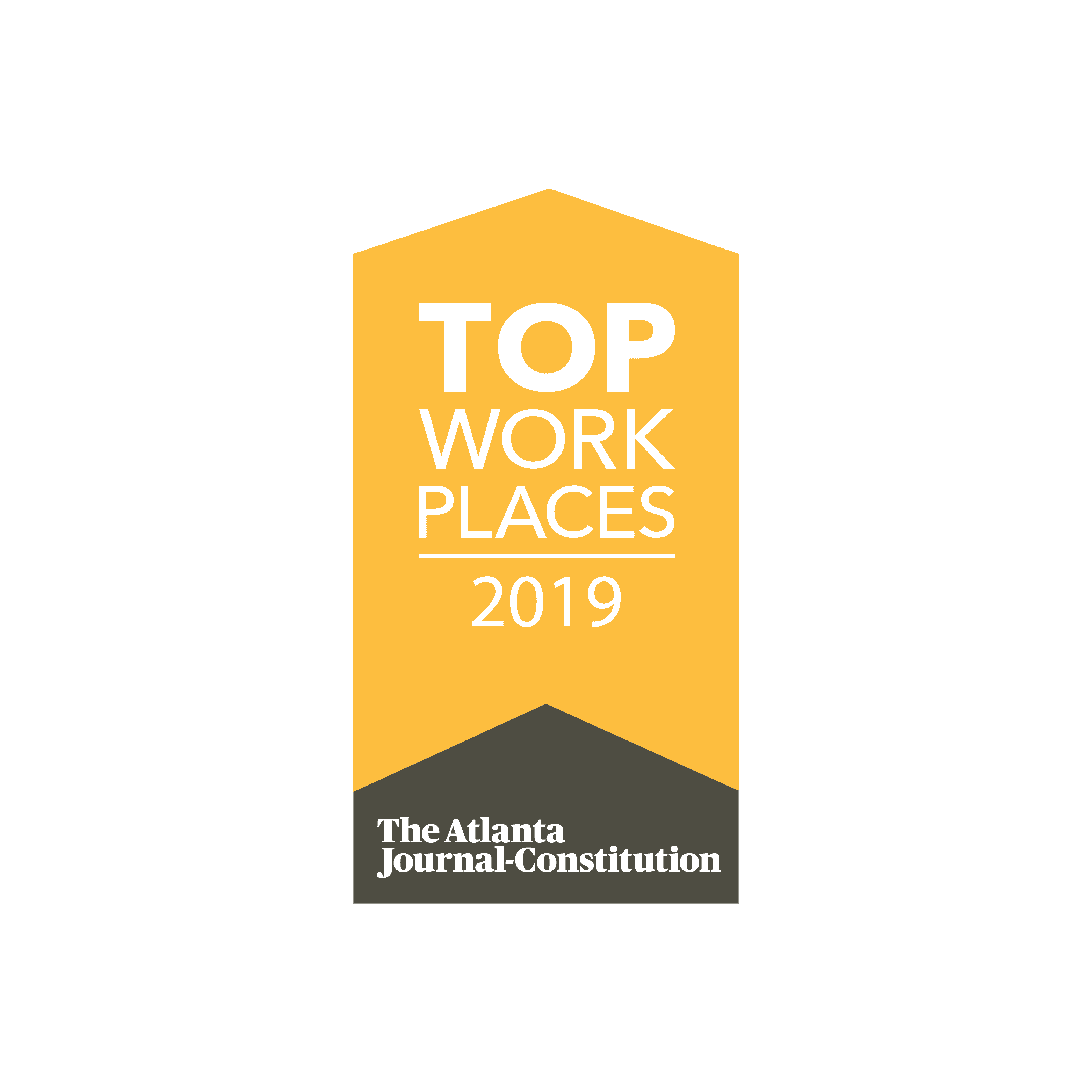
By Mike Pompilio, CPA, and Marcia Nally, CPA
On December 20, 2019, the IRS published yet another set of guidance for qualified opportunity zones (QOZs), but this time, in its final version. Before this guidance was released, the IRS had already introduced two sets of proposed regulations:
- October 2018: These proposed regulations helped taxpayers understand how to turn their ventures into QOZ businesses or how to invest directly into a Qualified Opportunity Fund (QOF).
- April 2019: These proposed regulations answered questions about how QOFs need to operate so investors could qualify for the tax incentives.
The final guidance released this past December conforms to many of the guidelines as proposed but also introduces a few new measures. With the regulation in its final form, the IRS can now update tax forms and instructions, which we expect them to do imminently. To help, Moore Colson has provided a summary of the major changes below.
Major facets of the final guidance
The 544-page long regulation helps investors, QOZ businesses, QOFs and tax professionals understand how the law will be applied in practice. The QOZ program was written into law almost two years ago as part of the Tax Cuts and Jobs Act, and in this two-year period, the top tier incentive expired. December 31, 2019, was the last day taxpayers could roll capital gains into a QOF and receive a 15% reduction of the deferred gain. To receive the remaining incentive – the tax deferral and the 10% gain reduction – taxpayers should carefully review these regulations. A few issues that were clarified include:
What gains are eligible?
The very first set of proposed regulations stated that almost all capital gains can qualify for the tax incentives, including capital gains arising from sales of investments and sales of property used in a trade or business (Section 1231 gains). Under the proposed regulations, only NET section 1231 gains realized in a given year were eligible for the tax incentives. This required waiting until the end of the year, when the 1231 netting process would be complete, to reinvest net 1231 gains. The final regulations allow taxpayers to immediately reinvest a 1231 gain into a QOF without waiting until the end of the year to net gains and losses.
The final regulations also clarified that capital gains recognized on the installment method are eligible for benefits. To qualify, a taxpayer must choose to defer all of the installment sale gain annually as payments are received, and they may even qualify for tax benefits if the initial sale occurred before 2018.
The proposed regulations also stated that capital gains arising from sales of investments in QOFs were eligible for tax benefits. The final regulations clarify that taxpayers can only defer their gains from sales of investments in QOFs if they sell the full interest in the initial QOF.
When does the 180-day investment period begin?
Under the final regulations, owners of flow-through entities now have additional time to reinvest gains passed down from their partnership, S corporation or non-grantor trust. Under the proposed regulations, the owner’s 180-day period began at the end of the pass-through entity tax year, regardless of the date the entity sold the underlying property. The owner could elect to have the 180-day period start on the date the pass-through entity sold the property. Additional flexibility was granted under the final regulations. With the appropriate election, the owner’s 180-day reinvestment period can begin on the due date of the pass-through entity tax return.
By way of example, a partnership can realize a capital gain in January of 2019, and its partners may elect to have the 180-day reinvestment period begin on March 15, 2020, the due date of the partnership return. This means that a partner could potentially invest nearly 15 months after a gain is triggered and remain eligible for tax incentives.
The regulations also clarified when the clock should start ticking on installment sale gains. Taxpayers can elect to begin the clock when payments are received (which means it’s possible to have multiple 180-day investment periods in a single year) or on the last day of the tax year the installment sale is reported.
How can existing property qualify?
The final regulations explained how to turn existing property into QOZ property. For purposes of explanation, we will assume the property in question is real estate.
- Substantial improvement is a term that was partially explained in a revenue ruling released in October 2018, but the final regulation adds that assets used to improve a building count toward the substantial improvement requirement when they (1) are used in the QOZ business, (2) are held in the same (or a contiguous) QOZ and (3) improve the functionality of the building.
- Aggregation of property is a term used when determining if assets have been substantially improved. Taxpayers can count two or more buildings as one asset for purposes of QOZ rules when determining if the properties have been substantially improved.
- The vacancy period under the proposed guidance was five years, but the final guidance allows taxpayers to qualify buildings that have only been vacant for three years as QOZ property.
How is the 70% use test calculated?
Rather than holding qualifying QOZ property directly, a QOF may instead own a QOF business through ownership of corporate stock or partnership interests. A business is considered a QOZ business if 70% or more of its business property – owned or leased – is used in a QOZ and 50% of the revenue is earned in the QOZ. For purposes of satisfying the 50% revenue test, the final regulations clarified that regardless of customer location, the revenue test would be met if at least 50% of the hours spent by employees were spent inside the QOZ and at least 50% of the assets used to generate income were located inside the QOZ.
The value of a company’s leases is not always straightforward, but the regulation makes it simpler. The final regulations state that leases between unrelated parties are assumed to be at market rate and short-term leases of property to lessors located outside of the QOZ can qualify as QOZ property.
The regulations also help taxpayers calculate when property is used in a QOZ. For purposes of satisfying the 70% use test, property can be used in more than one QOZ during the year. The days the property is used in each QOZ can be aggregated.
Contact us
The information outlined above is a broad summary of changes arising from the final regulations. Additional changes such as a safe harbor test for start-up businesses when satisfying the 70% use test and clarification on how self-constructed property is valued were also addressed in the final regulations. If you have questions about the final regulations or would like to evaluate the tax-saving potential of a QOZ investment, Moore Colson can help. For additional information, call us at 770-989-0028 or click here to contact us.






